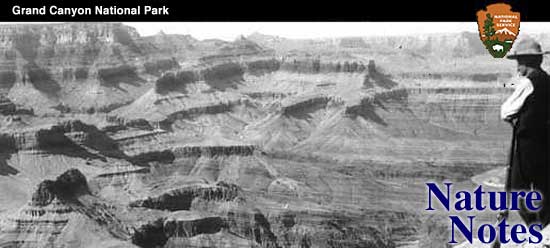

|
PERIOD OF EMERGENCE FROM THE STONE AGE
At what seems to be a much later time, another instance of man as a hunter was found at Lovelock Cave, Nevada, where the sum of culture was increased by a great wealth of perishable objects preserved by the dust and dry air of the cave. These objects all belonged in the class of man's hunting equipment, decoys, nets, string, snares, baskets, darts, and the spear thrower or atl-atl. The people of this period are known as Basketmakers because of their skill in making baskets. This should not be understood to mean that baskets were higher to unknown or that were not subsequently made any more than that men ceased to be hunters when they became farmers. The term is here used describe that stage of development where man was a hunter but, at the same time, broadening his life by the employment a wide range of mechanical devices. The bones of the animals which were hunted were those of species existing at the present time, a fact which determines the relative age of the period. The resemblance of many of the utensils and general manner of life to those or the later Basketmakers gives ground for belief that the men of Lovelock Cave may have been the ancestors of the people who later are known to have occupied region and who shared largely in building the civilization of the Southwest.
There was a time in the history of the Southwest when the men known as Basketmakers first acquired a knowledge of agriculture. This included the growing of maize, squash, and sunflowers. The place of origin of these crops has not been determined, but it is not improbable that the Basketmakers acquired their knowledge from the Hohokam of Southern Arizona, who are known to have practised irrigation from very early times. Wherever the idea first formed, the change which at once took place was as revolutionary as in all those other areas of the world where the adoption of agriculture turned men from a nomadic to a sedentary manner of life. The houses of this time have not been identified, and it is probable that the Farmer-Basketmakers lived in the open in huts of mud and twigs which completely disappeared when they were abandoned. Caves were not used to live in, but served as storage for corn and the burial of the dead. For these purposes pits were excavated in the floors of caves, lined with slabs and sealed with mud, twigs, and fibre, an idea which suggested the type of house for the next generation of Basketmakers. The attempt to fill the need for more suitable cooking vessels than is seen in the fragments of unfired, sun-baked mud plates and bowls fashioned in baskets, which are found in the rubbish heaps of this period.
| ||||||
| <<< Previous | > Cover < | Next >>> |
vol7-10d.htm
14-Oct-2011